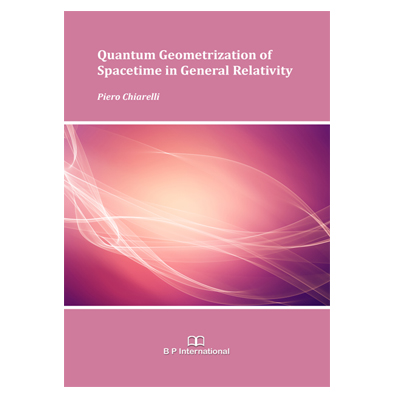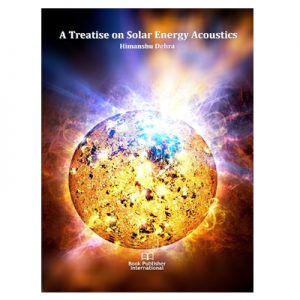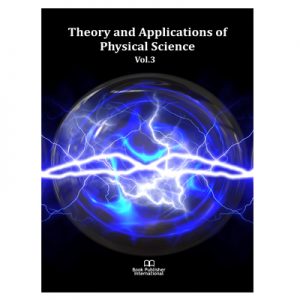The main objective of this work is to establish a unified criterion for the development of gravity by quantum mass densities within spacetime. To achieve this goal, we must take a step forward in generalizing the principle of equivalence between inertial and gravitational mass, which is a cornerstone of General Relativity. By applying a simple mathematical manipulation, we can demonstrate that this principle is equivalent to assuming that classical laws of motion transform covariantly into the curved spacetime.
Similarly, by assuming covariance of quantum equations of motion, it is possible to define the geometry of spacetime induced by quantum physics. In the classical case, we obtain the gravity of spacetime with classical properties, while in the quantum case, we obtain the gravity of spacetime with quantum mechanical properties. In both cases, the principle of least action is utilized to define the geometry of spacetime.
The quantum geometrization of spacetime can be considered the quantum mechanical analog of General Relativity, where the fields of quantum physics are integrated into the theory of gravitation. This approach can conceptually be considered the generalization, into curved spacetime, of relativistic quantum mechanics already established in flat spacetime. Additionally, the second quantization of fields coupled to gravity in the quantum analog of General Relativity can potentially extend the standard QFT to high energies.
This theoretical model is significant in that it broadens our understanding of classical phenomena through generalization to the quantum case. Furthermore, it could provide theoretical support to empirical approaches and observations, including but not limited to, antimatter gravity, the resolution of black hole singularities, the origin of small-valued cosmological constants, the decoherence of quantum mechanics due to the background of gravitational waves, the generation of dark energy leading to repulsive gravity at large distances, the gravity-induced breaking of the matter-antimatter symmetry, and the ubiquitous presence of supermassive black holes at the centers of galaxies without mass accretion.
In addition to astronomical observations, experimental tests on lepton-antilepton magnetic moment differences and entangled photons provide the possibility of empirical confirmation of this theory.





